This week I decided to do some primary research such as a survey to see other’s perspectives on the impact of robotics on society today.
Below, I have pasted the survey I asked six people to complete to discover their views and opinions on robotics impact on society today.

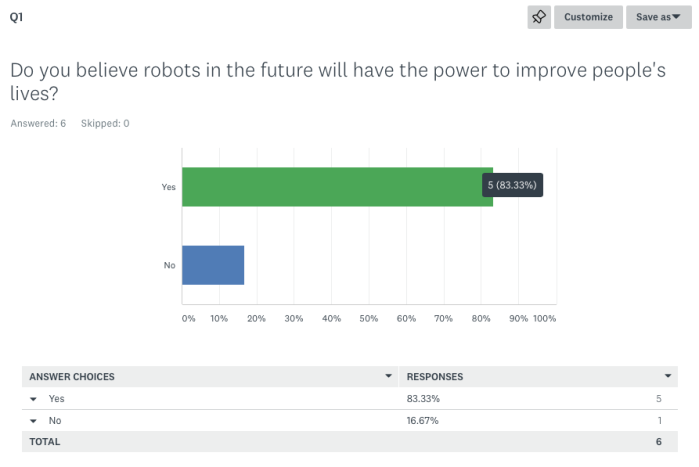

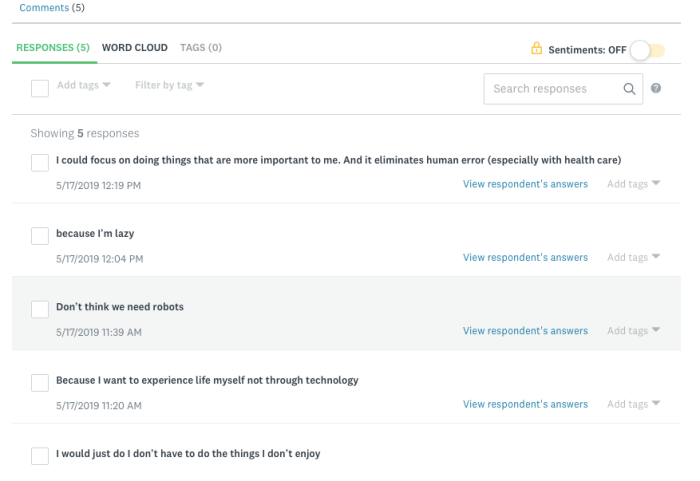
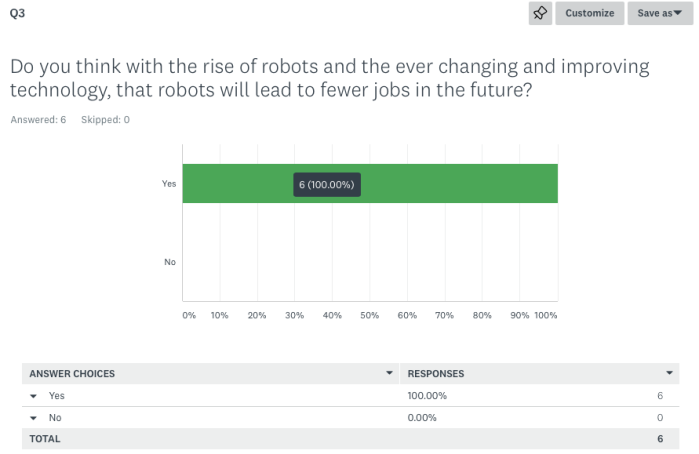
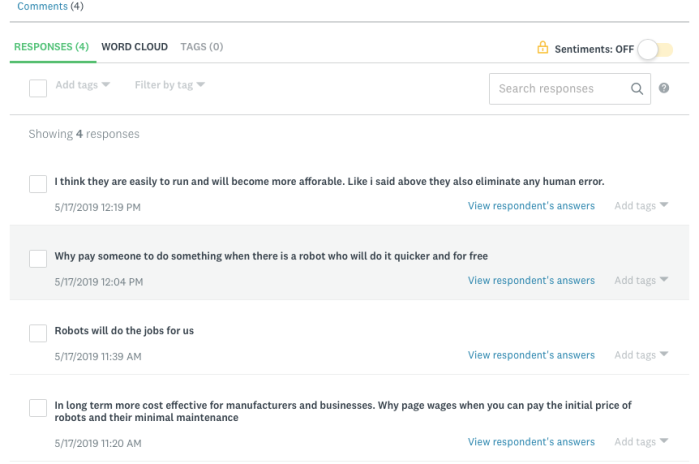
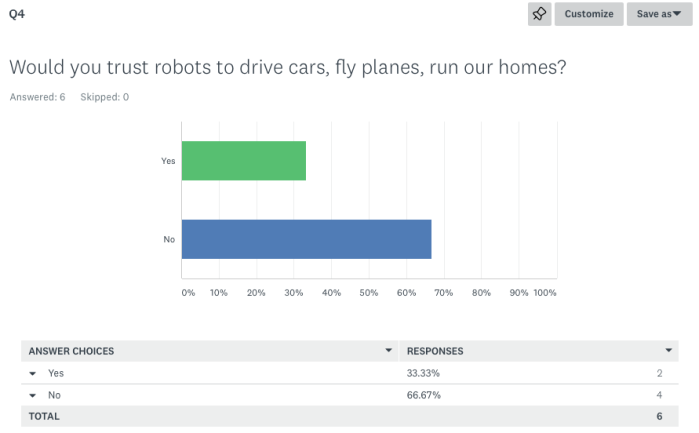
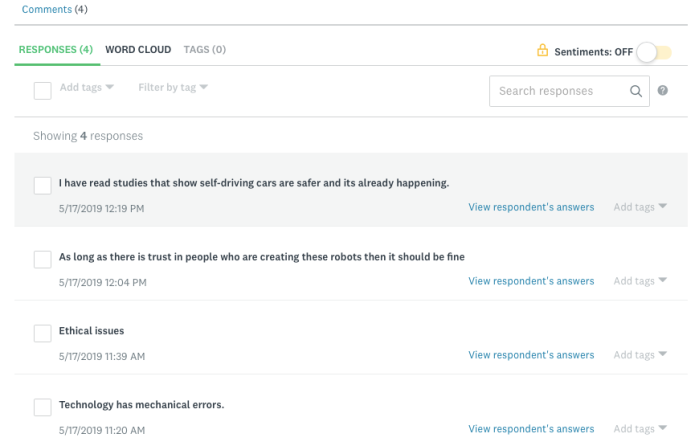
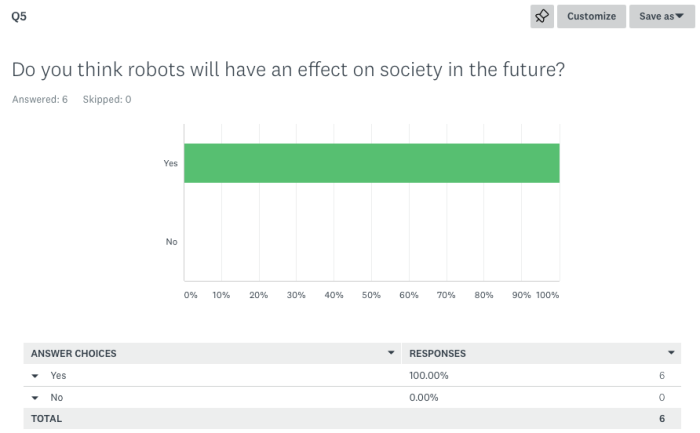
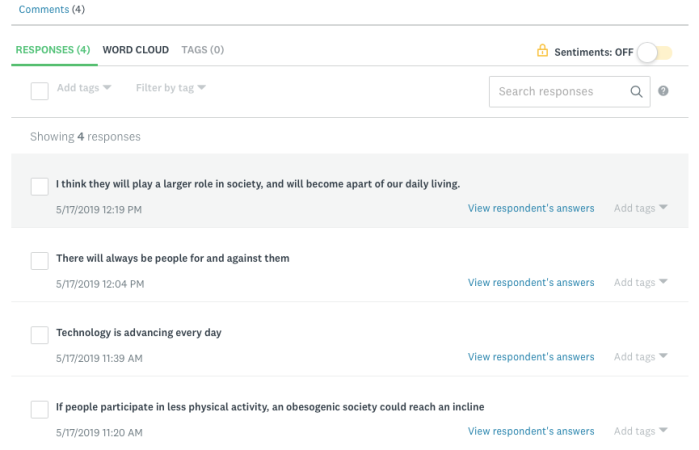


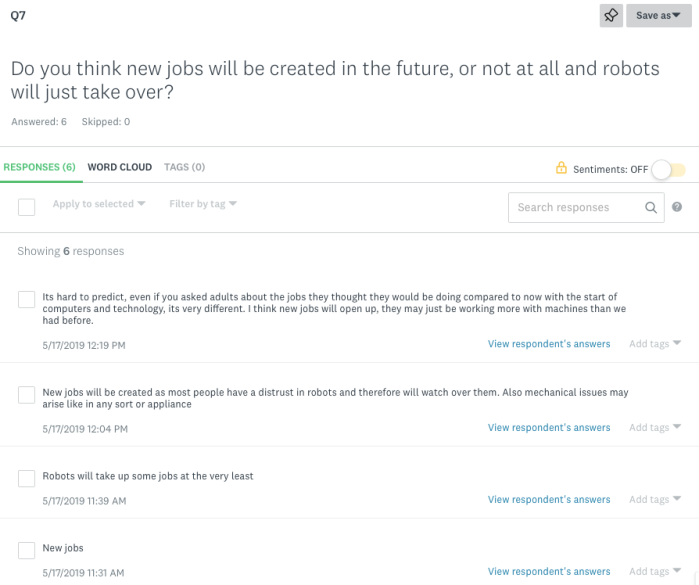

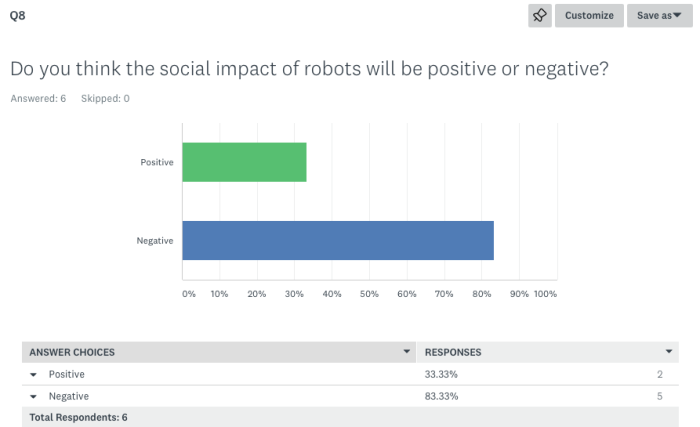
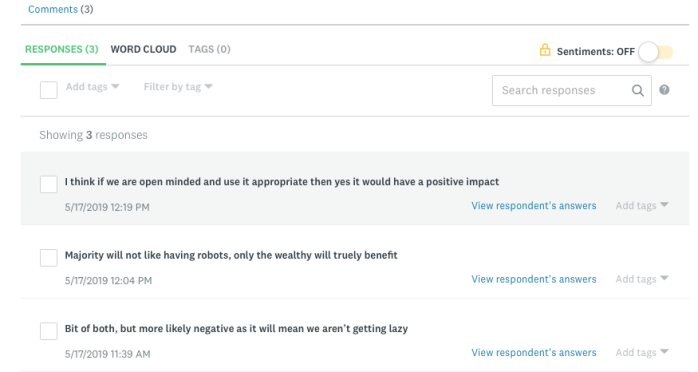
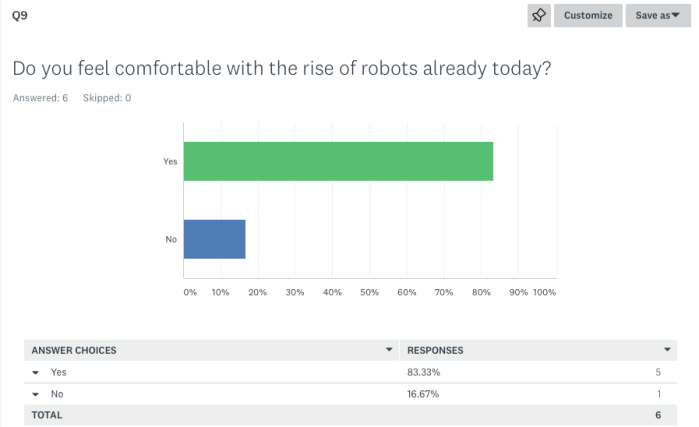



The main reasons for conducting a survey was to evoke discussion and give my survey respondents an opportunity to discuss important key concepts. Conducting surveys is an unbiased approach to decision making and to base decisions on objective information. My survey results provide a snapshot of the attitudes and behaviours towards the impact of robotics on society today and in the future.

EXAMPLES OF ROBOTS TODAY
‘The emergence of robotics culture, which is facilitated by the potential of cohabitation between humans and robots, not only raises issues of robot abilities but of human vulnerabilities, as well as the ways robots effect our lives’, (Samani, et al.)
TODAY, robots assist the elderly in nursing homes such as assertive robots. In contrast to interactive robots, assertive robots focus on aiding humans with special needs.
‘Assistive robotics in general and socially assistive robotics in particular have the potential to enhance the quality of life for broad populations of users: the elderly, individuals with physical impairments and those in rehabilitation therapy, and individuals with cognitive disabilities and developmental and social disorders’.

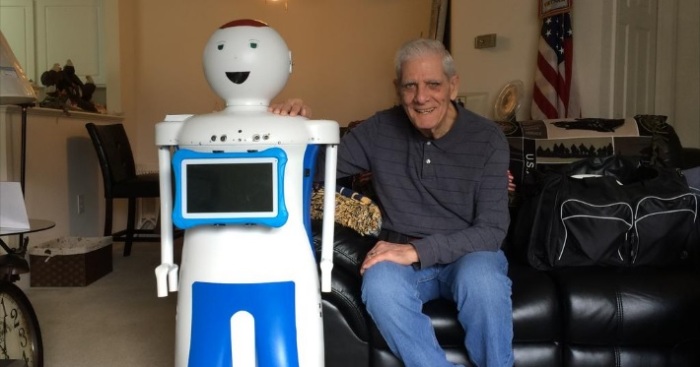
The field of science and technology has changed dramatically over the past decades, changing our perspective on life. Robots have become significant by trying to replicate humans. With the evolution of robotics and technological innovations, there are always good and bad effects of robots. Firstly, starting off with the benefits of robots on society today, the first thing we can look at is disability robots.

- Disability robots have been designed to aid people in their recovery from certain diseases/injuries/conditions. This field includes robotic arms and robotic devices that help people with daily tasks.

2. Productive work
Hundreds of factories use robots today to make the job go by faster and with no mistakes. Robots in factories are more efficient and time saving and as long as they have power, they can continuously work 24 hours around the clock and does not get tired like humans.
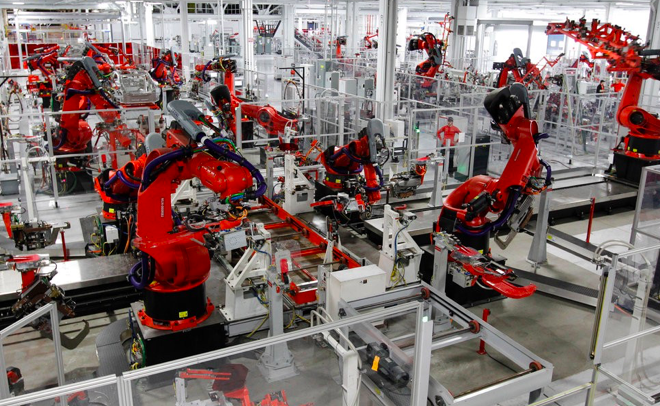
3. Safety
Robots protect humans from performing dangerous tasks in the workforce. They can work in hazardous conditions and are capable with lifting heavy loads without getting injured or tired.
4. Savings
Robots save time by being able to produce a greater abundance of products, but also reduce the amount of waste due to their accuracy.
____________________________________________________________________________________________
Looking at the negative effects that robots have on society, first we can look at loss of jobs.
- Many companies and factories have turned to using robots instead of paying humans to complete jobs as it is more cost effective. Robots have begun to overtake humans in the workforce which is threatening the job market.
- Over attachment – with robots being built to look exactly like humans (Sophia for example), people can grow an emotional attachment. Could this cause problems when robots aren’t around?
- Becoming lazy – robots can have a negative effect on humans as they are doing manual labour. This negative effect can lead to humans becoming more obese which can lead to health issues such as diabetes and high blood pressure.
Overall, this weeks purpose was to look at and research the effects that robots have on society today. From above, you can see the primary research that was conducted to get some evidence as to why robots can have a positive and negative effect on society and culture today. Stay tuned for episode 3 of my digital artefact for BCM325.
References
Samani H, Saadatian E, Pang N, et al. 2013, ‘Cultural Robotics: The Culture of Robotics and Robotics in Culture’, International Journal of Advanced Robotic Systems, vol. 10, no. 12, pp. 1-10.
Tapus A, Maja M & Scassellatti B, 2007, ‘The Grand Challenges in Socially Assistive Robotics’, IEEE Robotics and Automation Magazine, vol. 14, no. 1.